Last Update: 4 Jan 2022.
3.3.1 On arrival at the lairage, checks shall be carried out to ensure that each individual pig can be identified by a legible slap mark or ear tag that can link the pig to the supplying farm.
3.3.2 On arrival at the abattoir the slap mark/ear tag shall be verified against the animal movement licence (eAML2).
3.3.3 Pigs whose identity cannot be proven beyond reasonable doubt shall be excluded from the BMPA Quality Pork Charter. Procedures shall be in place to manage/segregate pigs excluded from the charter.
3.3.4 Recurring issues with illegible/missing slap marks/ear tags shall be reported to the producer. On the first instance this should be reported to the producer, any further instances are to be reported to trading standards should the issue still persist.
Guidance
The slap mark or ear tagenables the charter participant to trace each pig back to the assured farm. This is also a legal requirement to ensure traceability. Slap marks/ear tags shall be clear and legible and may comprise of letters or numbers or a combination of the two. If it is not possible to verify the identify the pig/pigs, then this can be done at the dead weight scale. If the pigs slap is unidentifiable but, the records of the delivery and all other documentation prove that the pig/pigs are from an assured farm then these carcasses can be passed as BQAP pork.
Evidence
Verification of slap marks/ear tags on slaughter line and in carcass chills. Review procedures for dealing with pigs that have been excluded from the charter.
Where recurring issues with illegible slap marks/ear tags have been found, evidence of reporting back to the producer shall be reviewed. Evidence must be documented and available to review.

